For the third year in a row, OCSiAl’s Nanoaugmented Materials Industry Summit gathered together around 400 industry pioneers from 30 countries to enjoy great business networking opportunities while learning more about producing high-performance nanoaugmented materials with single wall carbon nanotubes.

Matteo Pasquali, Professor and Chair of Chemistry and Chemical Engineering at Rice University , shared his opinion on how the development of novel nanoaugmented materials can lead to a multitude of new engineering opportunities related to multifunctional materials. Analysing the reasons for the excitement around this material, Professor Pasquali concluded that “ single wall carbon nanotubes combine the properties of metal and plastics ”. He then introduced a number of impressive successful projects, such as carbon nanotube coaxial cables used for navigation, power and communication systems, conductive ultra-light carbon nanotube foams, and one of the most electrically and thermally conductive polymers. “ Carbon nanotube conductors are here to stay ,” said Professor Pasquali in his speech.
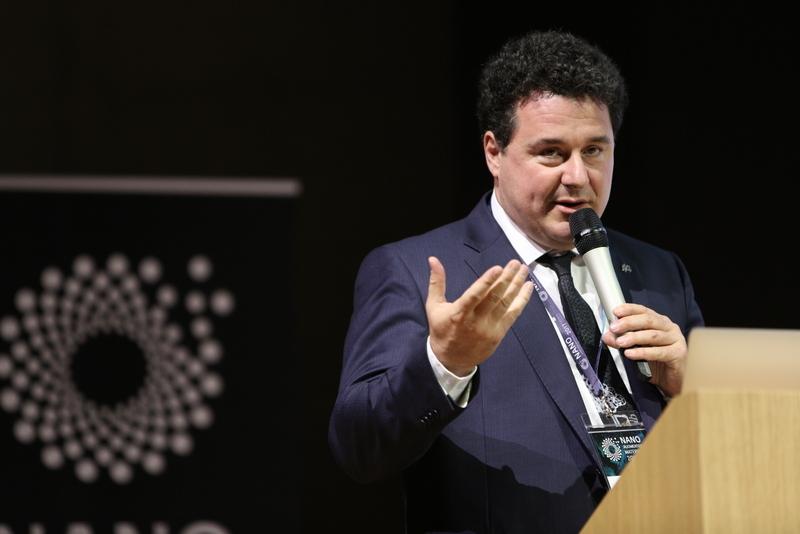
Reviewing the extent to which this wonder material is already commercialised in the market, Professor Mikhail Predtechenskiy, Head of R&D at OCSiAl Group , emphasised that “ we are no longer discussing the potential of TUBALL nanotubes; we are now talking about the real products and the real markets. ” He then revealed some interesting numbers that shed light on the current position: more than 100 companies are already using TUBALL nanotubes and concentrates, while more than 3000 companies are conducting tests and working with this material.
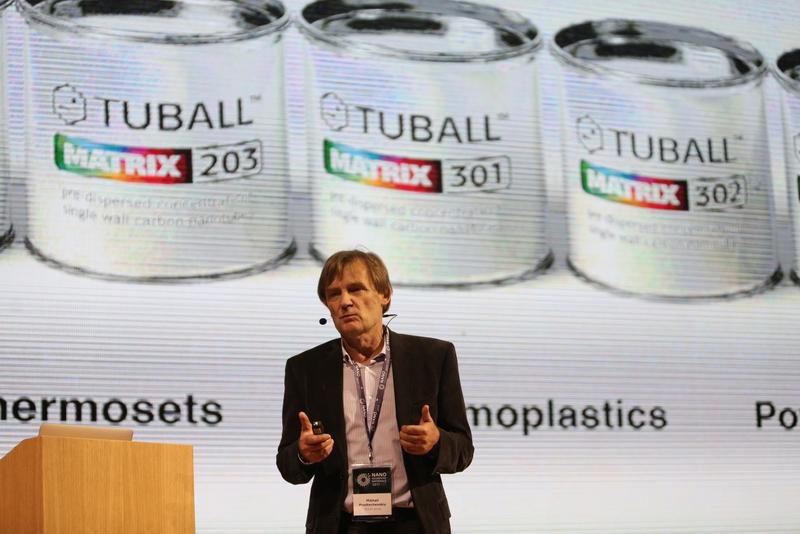
For simplifying the introduction of nanotubes into materials, OCSiAl has developed a line of concentrates with a high loading of nanotubes for almost all material matrixes. “ Our achievements in creating a line of nanotube concentrates are comparable to our achievements in scalable synthesis ,” said Professor Predtechenskiy. “ In OCSiAl, the time from R&D to market is very short. In conjunction with our partners, we have dramatically improved the properties of more than 80 different types of materials .” He singled out five recently developed novel materials containing nanotubes that are likely to revolutionise our world. These are: transparent conductive films with a transparency of 90% and a surface resistivity of 16 Ω/sq; a wide range of various types of conductive and coloured polymers; polyethylene blown film with a surface resistivity of 10^9–10^11 Ω/sq; polyethylene with a six-fold improvement in mechanical properties; and TUBALL PAPER, which has a strength approaching that of steel. “ Carbon nanotubes and nanotechnology are rapidly approaching the stage where we will start seeing end products made with nanotubes in our daily life. ”
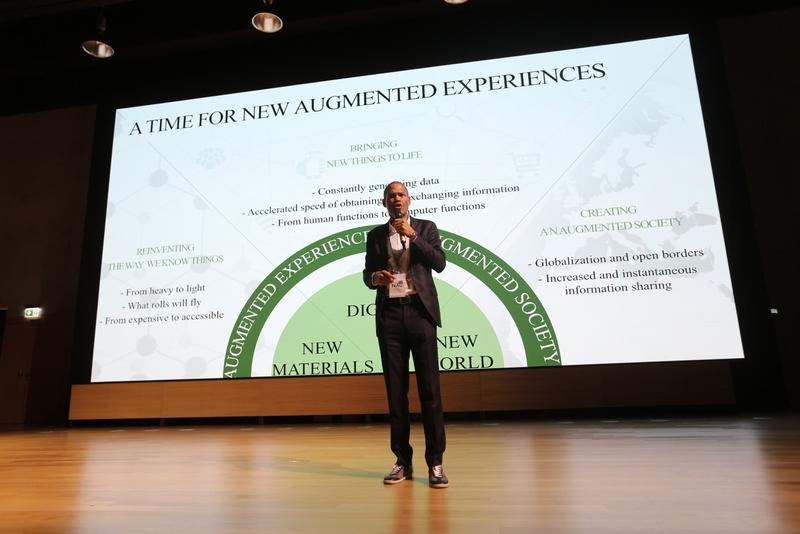
Among the first nanoaugmented products for end
users to be successfully
launched on the market is
the
innovative Ujet electric scooter that will contribute to
our
low-carbon future.
“
Any product or any
offering needs to be multifunctional in this day and age
,” said
Hugues Despres, CEO of Ujet International
and VP of Ujet Group
. “
Having a
product with
great features is not enough. Ujet is combining
materials science, clean technologies, design and digital experiences
,”
added Mr Despres. In certain areas, genuinely striking
results have been achieved, such as in the nano-optimised
tyres. “
Thanks to TUBALL nanotubes, Ujet tyres are
the lightest in their class and demonstrate significantly increased grip in both
wet and dry conditions, and they have greatly enhanced abrasion resistance.
Ujet’s test drivers have reported ‘unbelievable’ grip
,” said
Jean-Nicolas Helt, OCSiAl’s Development and
Support Leader for Elastomers
. The companies are continue to explore the
full potential of TUBALL in Ujet by developing enhanced polymers and Li-ion
batteries that will contribute to even more weight reduction, range extension
and safer riding.
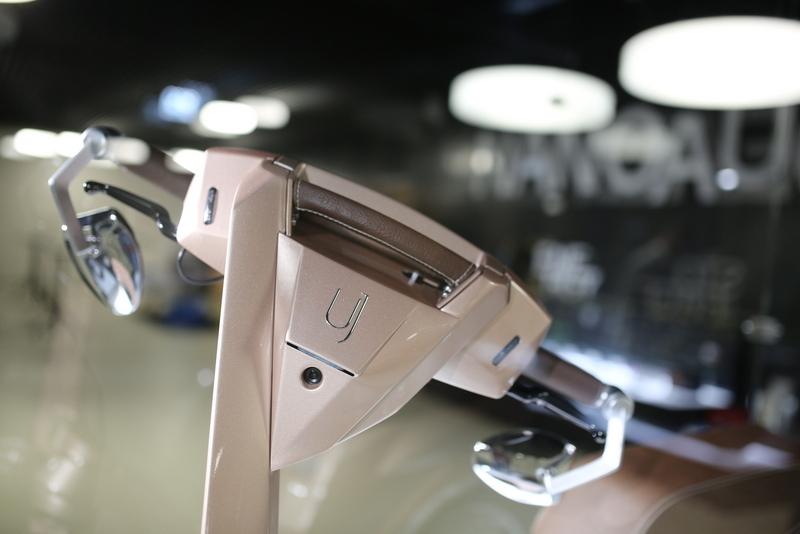
As novel technologies frequently have to seek development funding, the financing of innovations was one of the topics to be debated at the NanoSummit. Oren Gafri , Co-founder and Senior Partner at Millennium Materials Technologies Funds , said that “ the material technology is not enough, ” adding that “ OCSiAl combin es high production volumes, lower costs and ready -to -use solutions . ” Mr Gafri concluded by saying that “ Carbon nanotubes may be one of the most influen tial materials that I have seen in my career .”
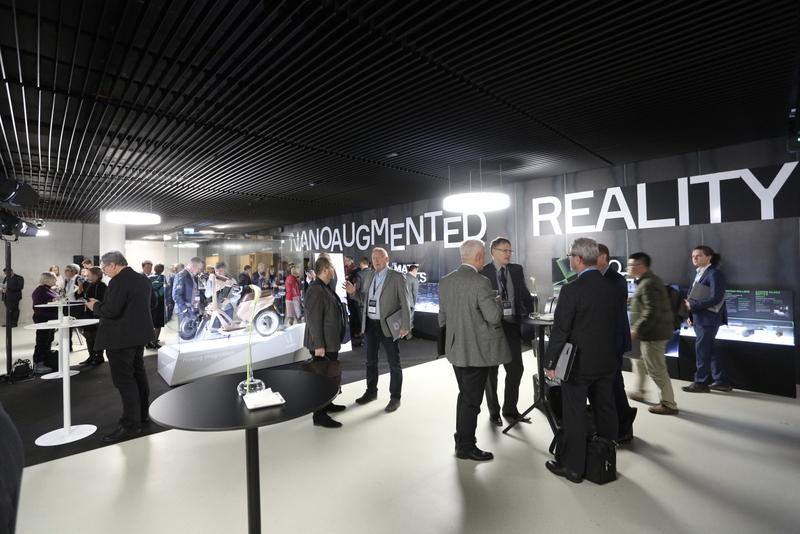
Acknowledging the fact that health and safety issues are a linchpin in any transformation of leading-edge technology into mainstream engineering and industry, OCSiAl continues its responsible approach to health, safety and environmental issues. At the NanoSummit, the company briefed its partners on the latest results received from independent laboratories, including confirmation that no nanotubes are released during utilisation of materials augmented with TUBALL. “ OCSiAl is planning to invest further in additional H&S and environmental studies because we are committed to taking the lead in raising the transparency of nanotube management and to supporting our clients’ efforts in boosting their applications in a wide range of industries, including consumable products ,” added Gunther Van Kerckhove, OCSiAl’s EHS Lead Manager .
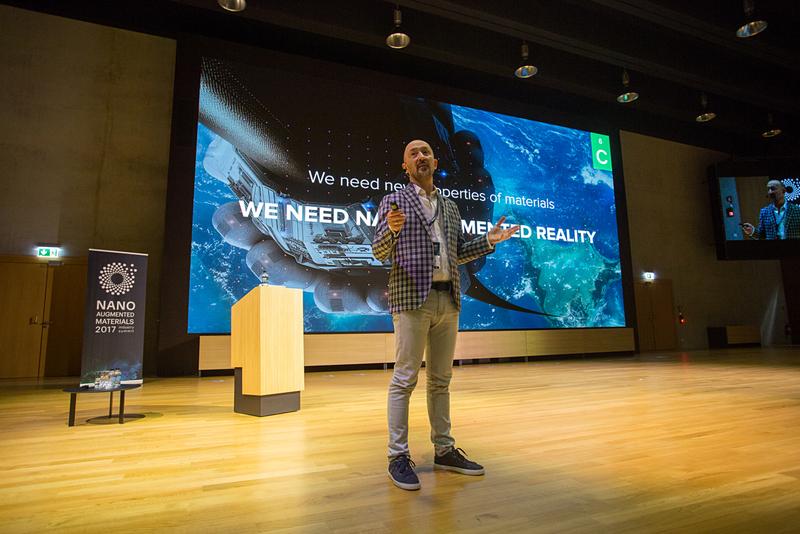
The key to realising the benefits of a disruptive technology is always in the partnering between various manufacturers. Yuri Koropachinskiy, President of OCSiAl Group , dedicated his presentation to the importance of partnering between all forward-thinkers and industry pioneers. For instance, when talking about the breakthroughs in transport technologies, he said: “ To enable future forms of transportation, we need to solve the energy challenges and the weight challenges .” To bring electric cars into the mainstream, manufacturers need to increase battery energy density by 40%, dramatically increase the strength of the construction composite material that cars are made of, and radically improve tyre performance. “ All of this is achievable with TUBALL ,” concluded Mr Koropachinskiy. “ We need to keep in front of us a really important goal – we call it ‘nanoaugmented reality ’ .”
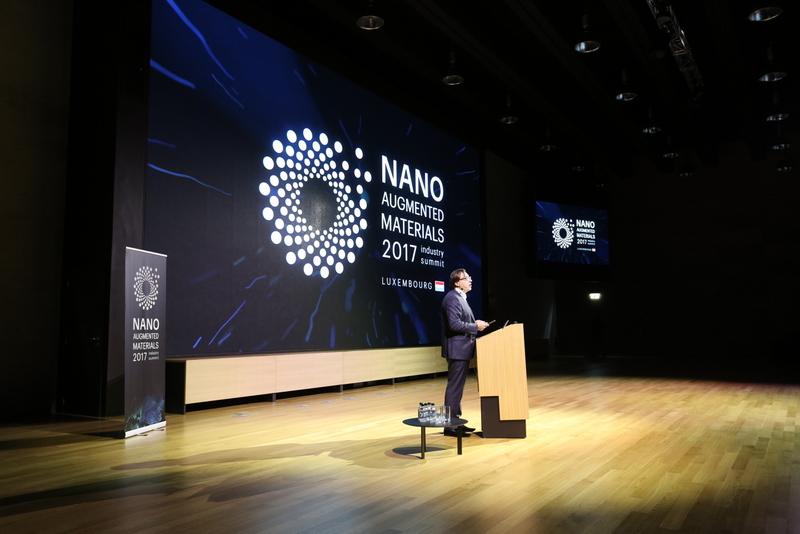
NanoSummit 2017 closed on an upbeat note, having taken another significant step forward in bringing the nanoaugmented materials revolution to an even wider range of industries. Being a hub for the development of the most cutting-edge technologies and industry breakthroughs, Shanghai has been chosen as the venue for the Nanoaugmented Materials Industry Summit in 2018.
